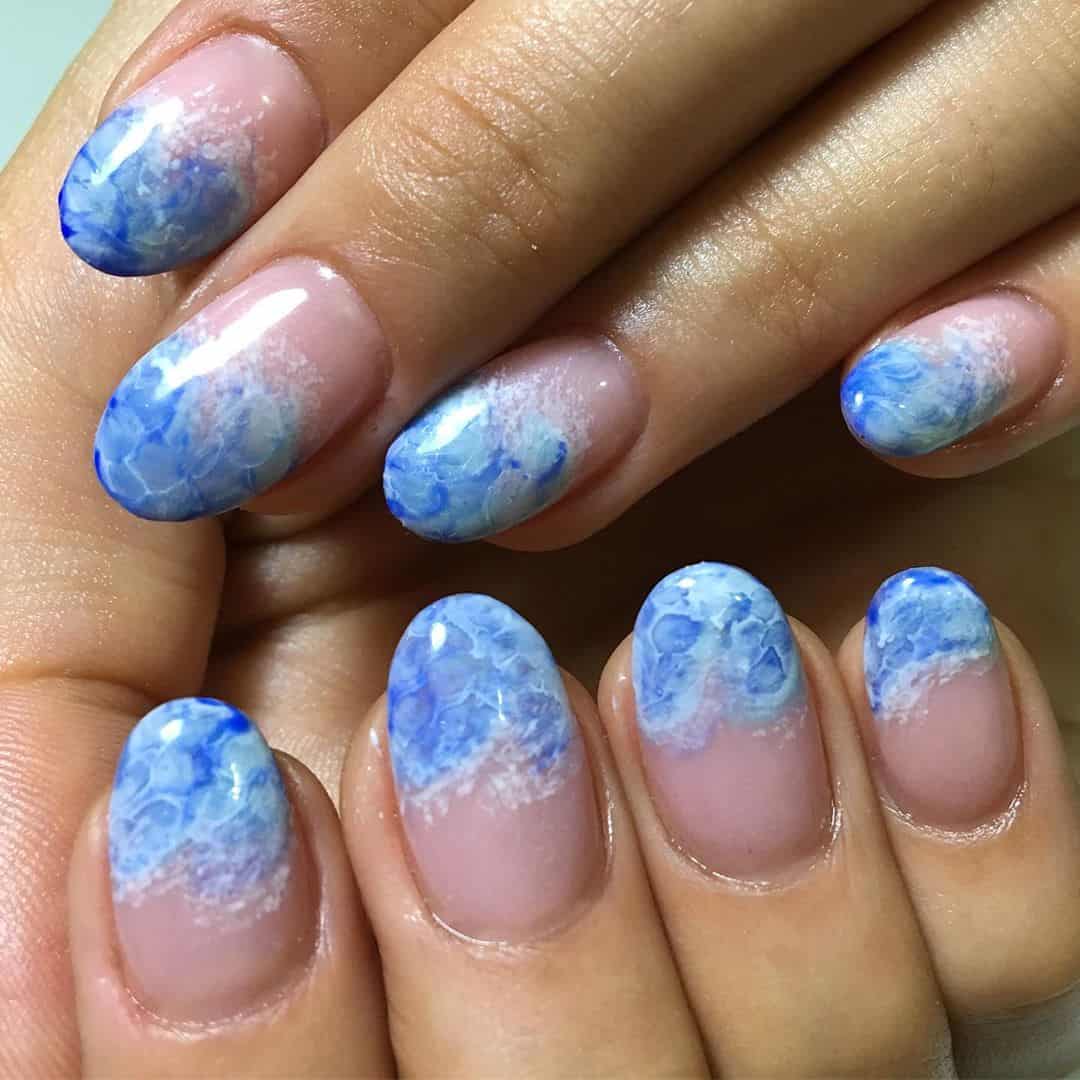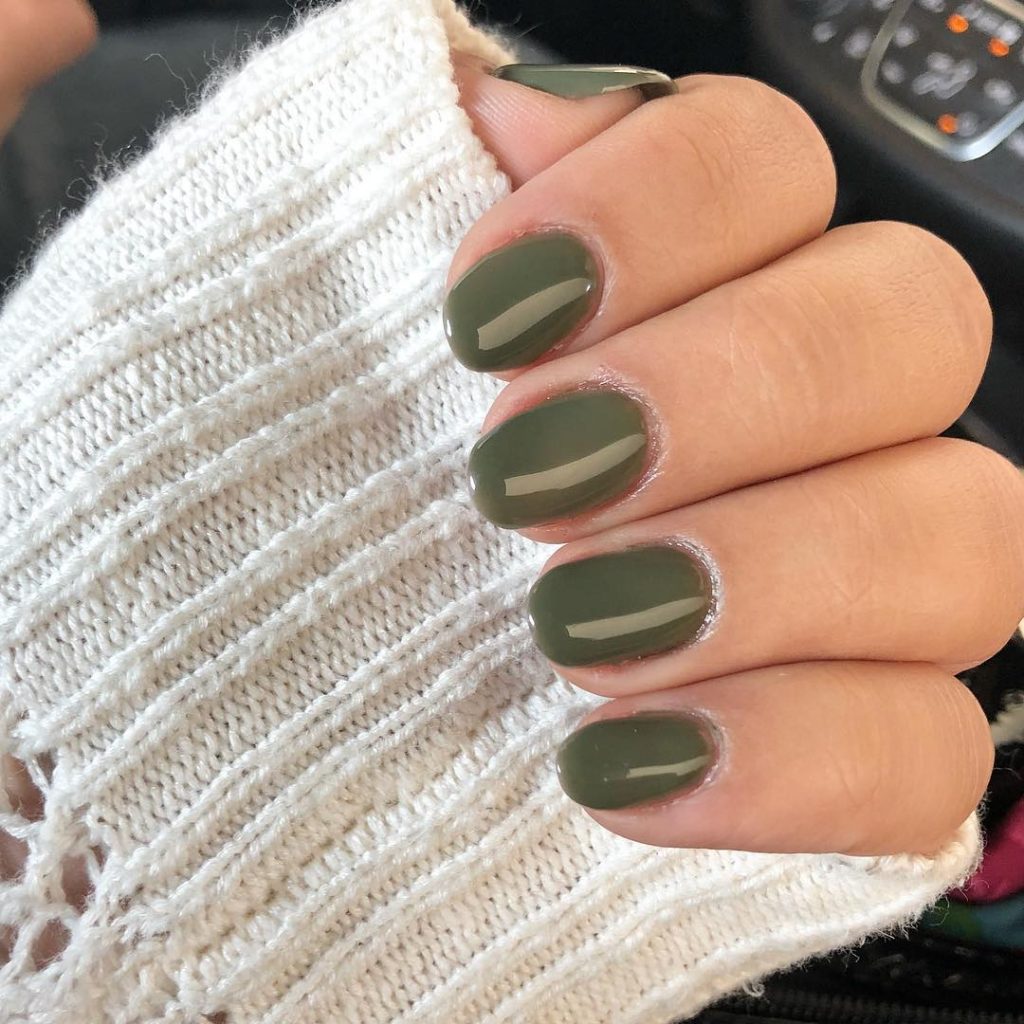

So if we look at this plastic nail tip, we’ll notice that it is actually a perfectly round shape. You can slightly curve your file to soften the corners a bit, but your goal is not to completely round them off. But when working on your sides, try your best to file in one direction. Because you are using a soft grit nail file, going back and forth occasionally will be ok.
ROUND NAILS FREE
So shaping natural nails into a squoval shape rounds off the free edge significantly, and all you have to do to keep a uniform shape is to give your file an angle. First, let’s get rid of the point and length. Ok, so let’s take a long almond nail and turn it squoval. And yes, there still are corners, but they are pushed in so that in the day-to-day impact of things, it is that rounded edge that makes contact with the world and not the corners. The squoval nail is squared on its side walls and has more of a narrow tapering off into the free edge, and that edge is pronouncedly rounded. The squoval shape is not a square nail with rounded edges. So what is the squoval shape? Let’s start by defining what it is not, so you know what to avoid when creating the look.


While a few may still like a straight edge and sharp corners, many do not, and this may have naturally led the way to the rise of the squoval shape. I would say that over the years, the square shape has evolved. Not only do splitting nails become weak but also causes your nail polish or gel to chip. Using gentle grit files will keep the natural nails from splitting. Use an emery board or a ~200-grit nail file as much as possible. Now when shaping natural nails, you’ll want to make sure that you use nothing coarser than a 180-grit board file. Squoval, Round, Oval, Almond, and Coffin! Shaping natural nails in the five most popular salon shapes… and what are those shapes?


 0 kommentar(er)
0 kommentar(er)
